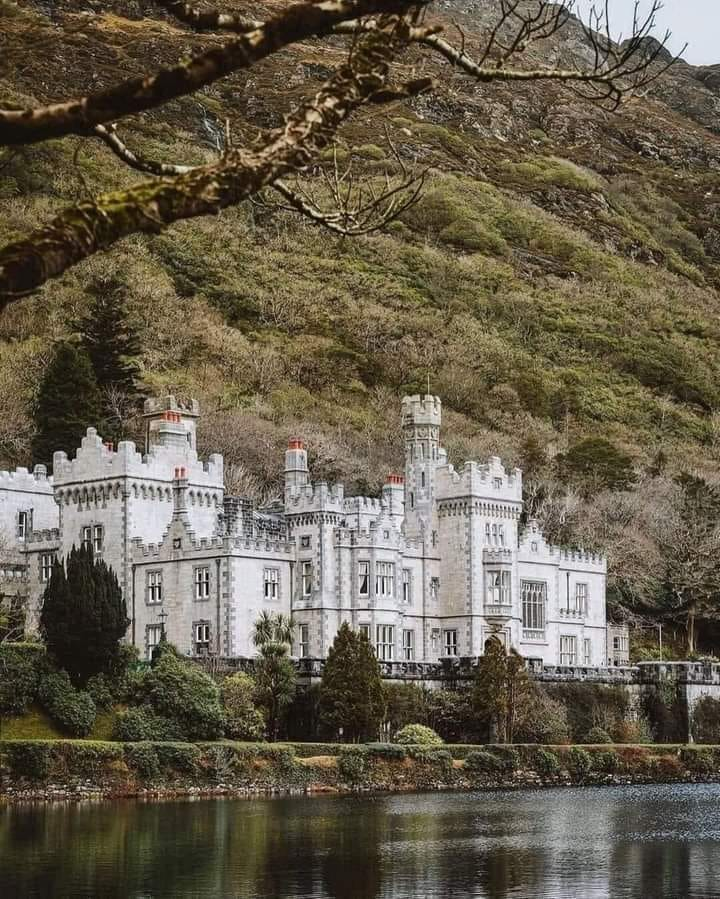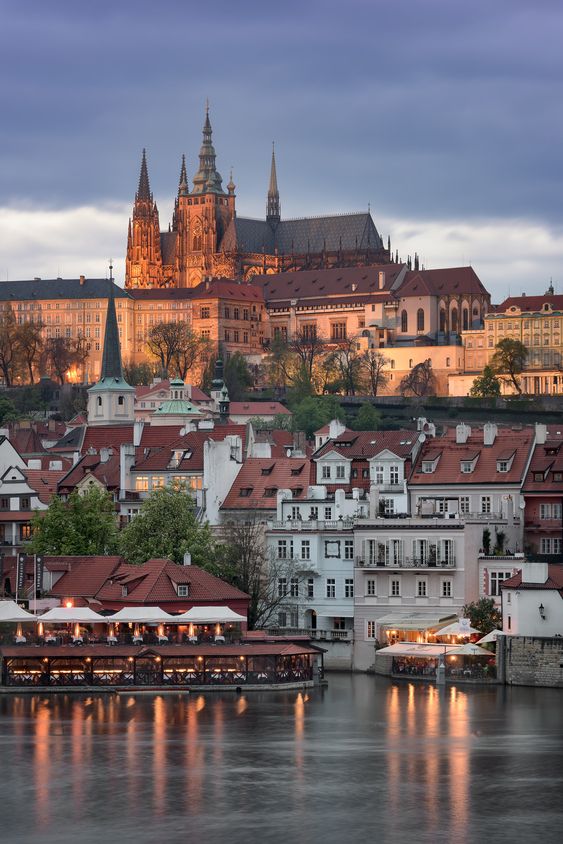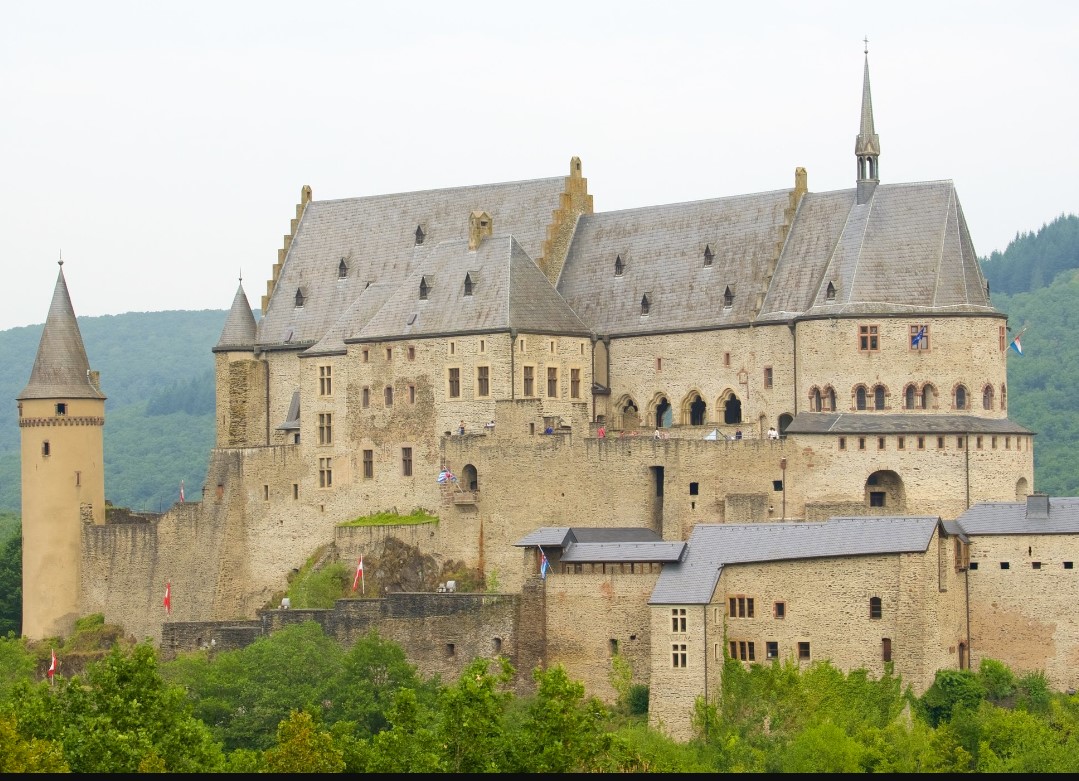Raglan Castle, located in the picturesque county of Monmouthshire in Wales, is one of the most impressive and historically significant castles in the United Kingdom. This majestic fortress, with its grand architecture and rich heritage, stands as a testament to the turbulent history and cultural evolution of Wales. From its origins in the 15th century to its dramatic role in the English Civil War, Raglan Castle offers visitors a captivating journey through time.
A Noble Beginning
Raglan Castle was constructed in the 15th century by Sir William ap Thomas, a prominent Welsh nobleman, and continued by his son, William Herbert, the first Earl of Pembroke. Unlike many medieval castles, Raglan was built during the transition from the Middle Ages to the Renaissance, which is reflected in its architecture. The castle combines traditional defensive features with luxurious residential elements, showcasing the wealth and status of its builders.
The initial construction began around 1435, and over the next few decades, Raglan Castle evolved into a grand and stately home, as much a symbol of prestige and power as it was a military stronghold. The Herbert family invested heavily in the castle’s expansion, creating a residence that was not only fortified but also lavishly decorated and designed to impress.
Architectural Splendor
Raglan Castle is renowned for its distinctive architectural style, which blends medieval and early Renaissance elements. The most iconic feature of the castle is the Great Tower, also known as the Yellow Tower of Gwent. This massive six-sided tower was both a formidable defensive structure and a luxurious living space, offering panoramic views of the surrounding countryside. The tower’s thick walls, battlements, and machicolations highlight its defensive capabilities, while its spacious rooms and large windows reflect its residential purpose.
The castle’s entrance is marked by a grand gatehouse, flanked by two imposing towers, which leads into a spacious courtyard. The courtyard is surrounded by various buildings, including the Great Hall, the Hall of State, and the Long Gallery, all of which were designed to showcase the wealth and sophistication of the Herbert family. The Great Hall, with its impressive fireplace and intricate wooden roof, was the heart of the castle’s social life, hosting banquets, ceremonies, and gatherings.
The gardens and water features of Raglan Castle are also noteworthy. The moat and lake not only provided defense but also added to the aesthetic appeal of the castle. The gardens, laid out in formal Renaissance style, included orchards, herb gardens, and decorative terraces, creating a serene and picturesque environment.
The Siege and Decline
Raglan Castle’s strategic and symbolic importance came to the forefront during the English Civil War (1642-1651). The castle was a Royalist stronghold under the command of Henry Somerset, the 1st Marquess of Worcester, who was a staunch supporter of King Charles I. In 1646, after a protracted and intense siege, Raglan Castle fell to the Parliamentarian forces led by Sir Thomas Fairfax. The siege resulted in significant damage to the castle, and following its surrender, much of it was dismantled to prevent its future use as a fortress.
The fall of Raglan Castle marked the end of its prominence, and it gradually fell into ruin. Despite this, the remains of the castle still exude a sense of grandeur and historical significance, with many of its original features well-preserved and accessible to visitors.
Visiting Raglan Castle Today
Today, Raglan Castle is managed by Cadw, the historic environment service of the Welsh Government. It is open to the public, offering a fascinating glimpse into its storied past. Visitors can explore the impressive ruins, climb the Great Tower, and wander through the remnants of the Great Hall and other key areas of the castle. Informative displays and guided tours provide insights into the castle’s history, architecture, and the lives of its inhabitants.
The castle also hosts various events throughout the year, including historical reenactments, educational programs, and cultural festivals, bringing its rich heritage to life for visitors of all ages. The surrounding landscape, with its rolling hills and scenic views, adds to the charm and allure of Raglan Castle, making it a must-visit destination for history enthusiasts and travelers alike.
Conclusion
Raglan Castle is a majestic stronghold that stands as a symbol of Welsh history and heritage. Its blend of defensive architecture and luxurious residential features, coupled with its pivotal role in the English Civil War, make it a site of great historical and cultural significance. Visiting Raglan Castle is an unforgettable experience, offering a unique opportunity to step back in time and explore the grandeur and legacy of one of Wales’ most remarkable castles.


